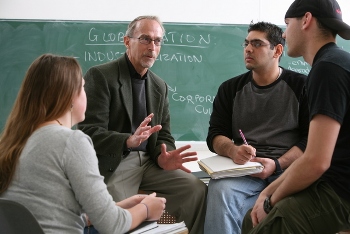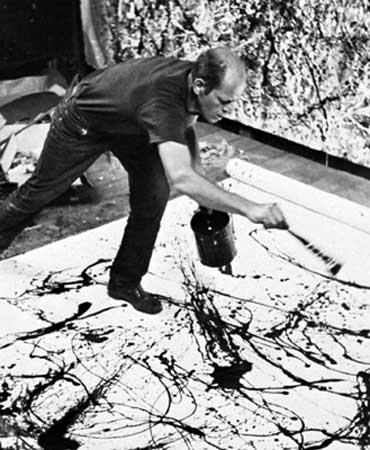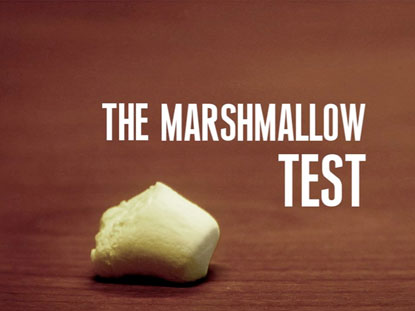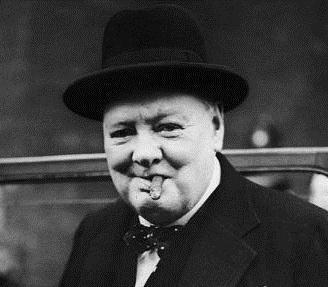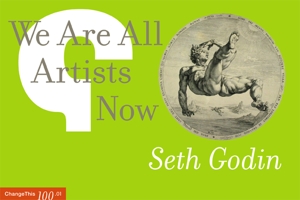“Real strategy lies not in figuring out what to do, but in devising ways to ensure that, compared to others, we actually do more of what everybody knows they should do”. This quote by David H Maister in “Strategy and the Fat Smoker: Doing What’s Obvious but Not Easy” is actually a great insight. Read it again just to get it.

His view is that it is quite easy to know what you need to do; but that genius lies in effectively doing it. Like the Fat Smoker knows he needs to stop smoking and needs to go on a diet but for some reason it turns out to be too hard.
Would competitive advantage be more on the execution side than on the conceptual strategy side? As mentioned often in the field of startups, ideas by themselves have absolutely no value; what gives them value is their realization. It is the fact that you battle the world to give shape to your idea – probably pivoting and improving from time to time as you get feedback from the world.
Of course then all the usual issues about changing behavior and doing new things apply: do not set unrealistic expectations, set achievable intermediate goals and follow up on the long run, get support on your commitment from your environment, etc.
Remember that doing more theoretical analysis of your strategy is not very effective. What’s effective is to plow your way decidedly. Take action. Now.


